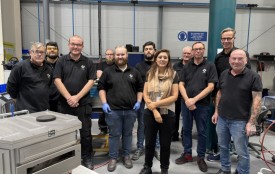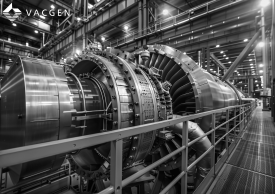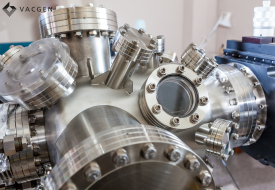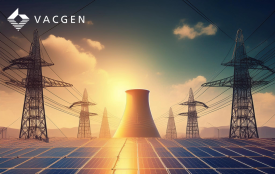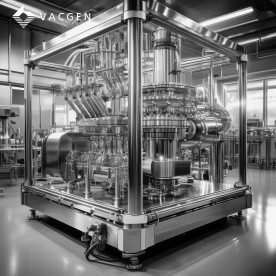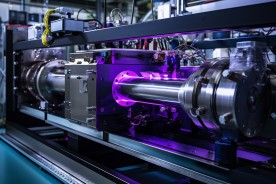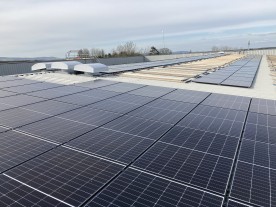At VACGEN we welcomed Nusrat Ghani, MP for Sussex Weald, at our manufacturing facility.
Vacgen Team
Nuclear fission and nuclear fusion represent two fundamental processes for harnessing atomic energy, both of which rely on specific technologies to manage and sustain reactions. Although their mechanisms and requirements are different, both fission and fusion reactors can benefit from vacuum components in critical areas. Let’s explore how these components are used.
Molecular Beam Epitaxy (MBE) is a highly precise technique for growing thin films, widely used in semiconductor fabrication, nanotechnology, and material science research. One of the most crucial elements of the MBE process is the quality of the vacuum environment in which it takes place.
MBE requires an ultra-high vacuum (UHV) chamber, where the pressure is kept extremely low, typically around 10⁻¹⁰ torr. The ability to maintain such a pristine environment is vital to achieving high-quality film growth and ensuring material purity. In this blog, we’ll explore why vacuum quality is so essential in MBE systems and how it directly impacts the success of the process.
- Oct 10 2024
World Mental Health Day 2024 Interview
Categories: Employee NewsWorld Mental Health Day originated on 10th October 1992 by Deputy Secretary General Richard Hunter; 32 years later, it remains important to continue raising awareness and acting on reducing mental health stigmas.
VACGEN has chosen to show support for this day by speaking to our HR representative, Kathy, about the steps she is taking to further educate herself on mental health, particularly in the workplace.
Synchrotron light sources are among the most advanced tools for scientific research, producing high-intensity, tunable beams of X-rays, infrared, and ultraviolet light.
Nuclear clean energy needs vacuum for controlled environments, efficiency in reactions and safety in nuclear fusion and fission technologies.
Extreme high vacuum (XHV) environments are becoming a popular option for a range of applications i.e. Molecular Beam Epitaxy (MBE). Given the extreme situations required for XHV, there are a variety of issues that coincide with this. One persistent issue is the removal of hydrogen gas.
Material analysis is a foundation of scientific research and industrial applications, providing critical insights into the composition, structure, and properties of materials. Among the array of techniques available, Secondary Ion Mass Spectrometry (SIMS) stands out for its exceptional sensitivity and depth profiling capabilities.
Synchrotron science shines across disciplines, illuminating a pathway for scientific discoveries. Synchrotrons use synchrotron radiation, which is produced when charged particles, typically electrons, are accelerated to nearly the speed of light in a circular or spiral path by strong magnetic fields. This process generates intense beams of light that cover a broad spectrum, from infrared to X-rays.
In case you haven’t heard already, VACGEN are going green. We’ve installed 609 solar panels on our UK headquarters roof and are soon to be installing EV charging points too.

